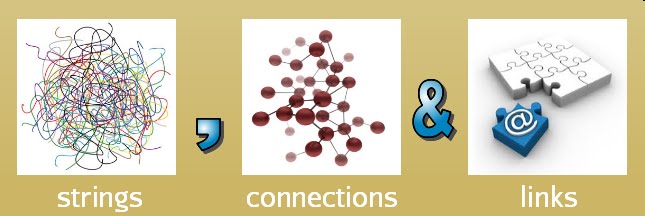What's good for the goose is often good for the gander, or so goes the saying. A recent study commissioned by local business and transportation authority members shows a sky tram to be one of the only feasible methods of getting a public transport option to Georgetown, VA from DC.
While it's an interesting option for DC and Georgetown residents, many of the same drivers present in the congested cities around the Beltway exist in what some would say is a sleepy town called Tucson, Arizona. Tucson is one of the last bastions of a "no freeway town" in America. the NIMBY contingent has successfully fought off neighborhood divisions created by multi-lane freeways, but at the expense of getting across a large expanse of low-density development. Over 20 miles of east to west travel in town often takes over 45 minutes to traverse creating more pollution and congestion and delay in getting business done and inconvenience in daily activities.
Tucson might want to take a page out of the DC and Georgetown playbooks and look at one of the easiest and least expensive mass transit modalities that exist. it's also one of the most inexpensive to operate and just might be able to be operated mostly on solar electricity so it would be one of the cleanest public transportation projects in the US.
Call us crackpots or crazy or just plain nuts, but take a few minutes and give this some serious thought. Tucson could have the best of both worlds. No freeways, great and inexpensive public transport and cleaner air and a great tourist attraction all in the same system, All at a lower cost than what was recently spent on a few miles of light rail. Food for thought.....
